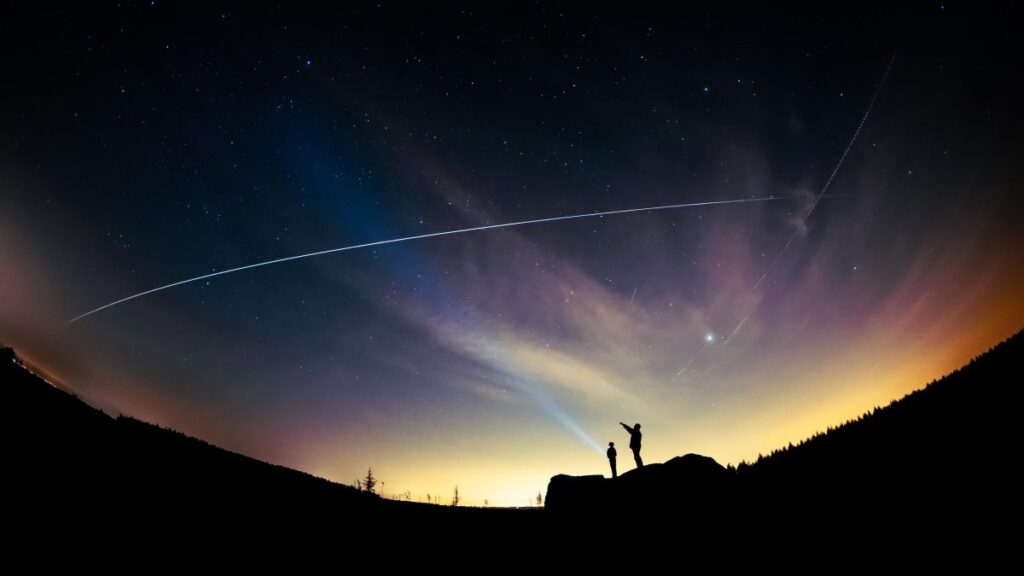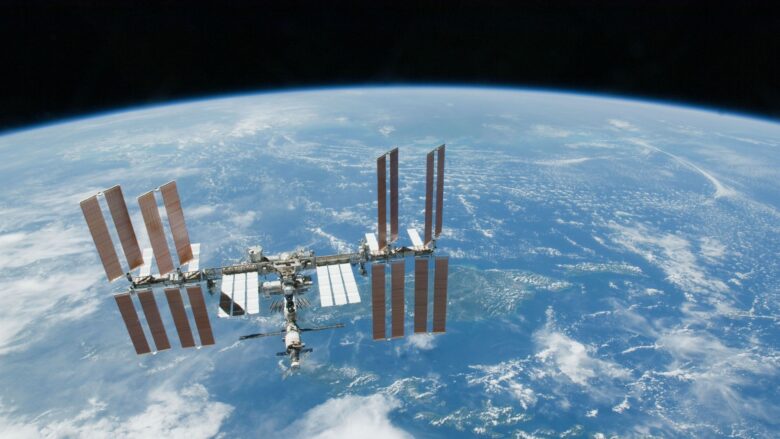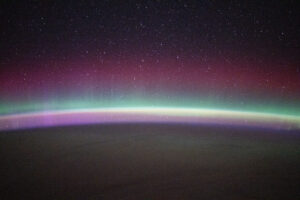With the turn of the season and the evenings becoming more palatable in temperature, we are approaching my favourite season of all: Space Station Watching Season.
Humankind’s most expensive object orbits the Earth once every 90 minutes – travelling at an astonishing 5 miles per second. And, you can see it with your own eyes! Provided you have a clear night, the International Space Station (ISS) will often be passing over your location – sometimes with 2-3 viewings ~90 mins apart. Best viewings are around 45-60 minutes after sunset (or before sunrise, if you’re that kind of person) and can last for several minutes.
You can look up when the ISS will be passing overhead using NASA’s Spot The Station site to get the details on your next viewing opportunity. The site will tell you the date and time of the approach, the direction it will be coming from, the length of the passover, and the maximum height it will reach in the sky. Depending on the number of objects in your horizon, you may need to wait a couple of minutes to see it, so don’t bail you can’t see it immediately at the foretold time. I often cross-reference it with the Sky View Lite app once I’m outside to ensure I’m looking in the right direction.

How Will I Know It’s the Space Station?
You may have even seen the ISS before and thought it was a plane! But, there are a few “tells” to look for: firstly the ISS moves quickly and silently across the sky. Secondly, unlike an airplane, its “lights” do not blink as it moves overhead. It is one continuous, white, bright dot in the sky – created by the Sun glinting off its massive solar panels. In fact, it’s the brightest object in the night’s sky apart from the Moon, which will easily distinguish it from any satellites you might also spot.
Plus, if something is approaching the ISS – you’ll be able to see that too. I’ve been lucky enough to see the Soyuz approaching (and leaving) the ISS before – aiming to dock in a hatch the size of a basketball. Truly spellbinding to watch it approach and marvel at all the technology and math (so much math) that it took to get there.
With regular opportunities to comfortably view the ISS this season, I hope you get outside to check it out and marvel at one of humankind’s most impressive accomplishments. Don’t forget to wave at the 6-7 astronauts onboard! Here’s a quick 4k tour of their home:



